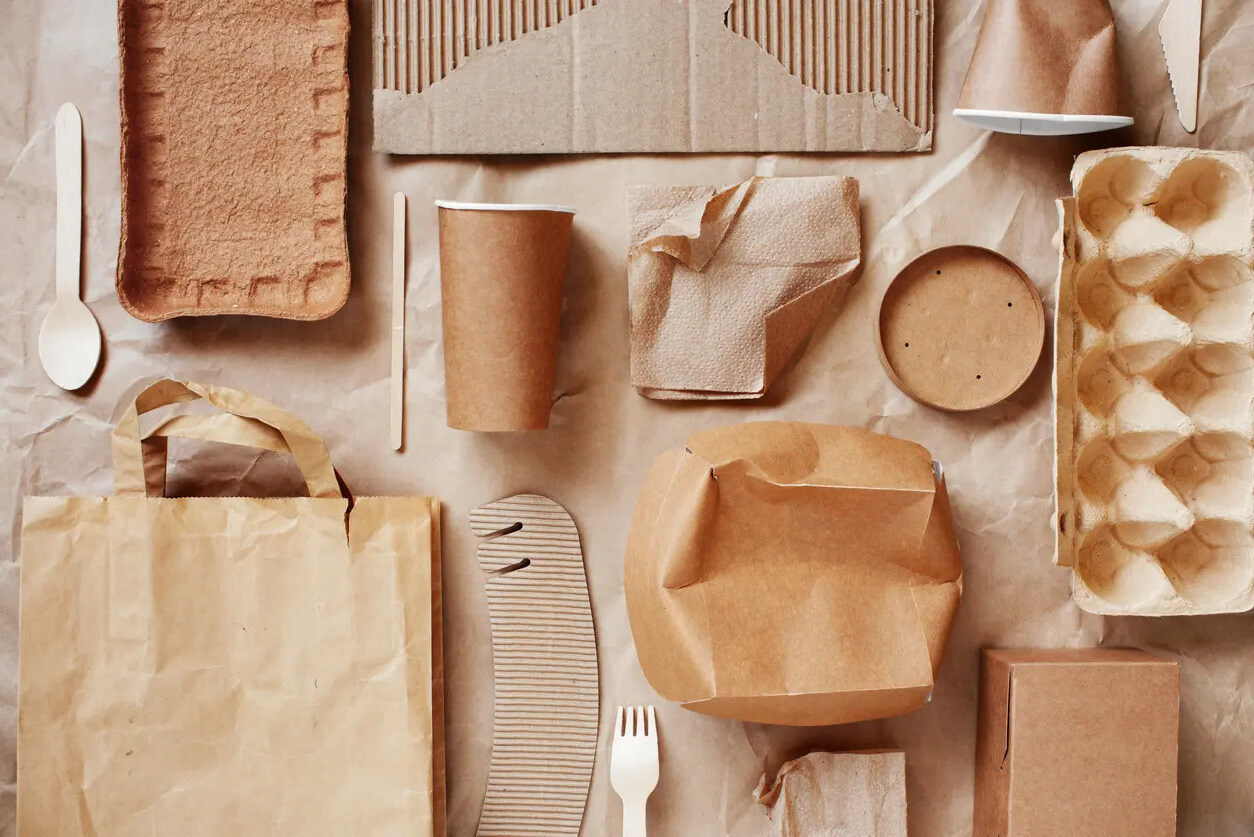
Sustainable packaging materials are changing how we think about waste and the environment. With growing concerns over plastic pollution, many companies are turning to eco-friendly alternatives. But what exactly makes packaging sustainable? Sustainable packaging often uses materials that are biodegradable, recyclable, or made from renewable resources. These materials help reduce the carbon footprint and minimize waste. From plant-based plastics to recycled paper, the options are expanding. By choosing sustainable packaging, businesses can not only help the planet but also appeal to eco-conscious consumers. Ready to learn more? Here are 29 facts that will open your eyes to the world of sustainable packaging materials.
Key Takeaways:
- Sustainable packaging uses materials like recycled paper, biodegradable plastics, and plant-based alternatives to reduce environmental impact and benefit the planet.
- Despite its benefits, sustainable packaging faces challenges such as cost, durability, and consumer acceptance, but ongoing innovations are addressing these issues.
What is Sustainable Packaging?
Sustainable packaging is designed to reduce environmental impact. It uses materials that are recyclable, biodegradable, or reusable. Here are some fascinating facts about sustainable packaging materials.
-
Recycled Paper: Recycled paper packaging is made from paper that has been used before. It helps save trees and reduces waste.
-
Biodegradable Plastics: These plastics break down naturally in the environment. They are made from renewable sources like corn starch.
-
Compostable Packaging: Compostable materials decompose into natural elements in a compost environment. They leave no toxic residue.
-
Plant-Based Plastics: Also known as bioplastics, these are made from plants like corn or sugarcane. They are a renewable alternative to traditional plastics.
-
Glass: Glass is 100% recyclable and can be recycled endlessly without loss in quality or purity.
-
Aluminum: Aluminum packaging is lightweight, durable, and infinitely recyclable. Recycling aluminum saves 95% of the energy needed to make new aluminum.
Benefits of Sustainable Packaging
Sustainable packaging offers numerous benefits for the environment and businesses. Here are some key advantages.
-
Reduces Carbon Footprint: Using sustainable materials lowers greenhouse gas emissions.
-
Conserves Resources: It uses fewer natural resources, preserving them for future generations.
-
Less Waste: Sustainable packaging reduces the amount of waste sent to landfills.
-
Energy Efficiency: Producing sustainable materials often requires less energy than traditional materials.
-
Improves Brand Image: Companies using sustainable packaging can attract eco-conscious consumers.
-
Regulatory Compliance: Many regions have regulations promoting sustainable packaging. Using these materials helps companies comply with laws.
Types of Sustainable Packaging Materials
There are various types of sustainable packaging materials, each with unique properties. Let's explore some of them.
-
Mushroom Packaging: Made from agricultural waste and mycelium, mushroom packaging is biodegradable and compostable.
-
Seaweed Packaging: Seaweed-based materials are edible, biodegradable, and can replace plastic in many applications.
-
Hemp Packaging: Hemp is a fast-growing plant that requires little water and no pesticides. Hemp fibers can be used to make strong, biodegradable packaging.
-
Bamboo Packaging: Bamboo grows quickly and can be harvested without killing the plant. It is used to make durable, eco-friendly packaging.
-
Palm Leaves: Palm leaves are used to create biodegradable packaging that is sturdy and compostable.
-
Cornstarch Packaging: Cornstarch-based materials are biodegradable and can replace plastic in many uses.
Innovations in Sustainable Packaging
Innovations in sustainable packaging are constantly emerging. Here are some of the latest developments.
-
Edible Packaging: Made from natural ingredients, edible packaging can be consumed along with the product, reducing waste.
-
Water-Soluble Packaging: This packaging dissolves in water, leaving no waste behind.
-
Smart Packaging: Smart packaging uses technology to improve sustainability. For example, it can monitor the freshness of food, reducing waste.
-
Reusable Packaging: Designed to be used multiple times, reusable packaging reduces the need for single-use materials.
-
Minimalist Packaging: This approach uses the least amount of material necessary, reducing waste and resource use.
Challenges of Sustainable Packaging
Despite its benefits, sustainable packaging faces several challenges. Here are some of the main issues.
-
Cost: Sustainable materials can be more expensive than traditional ones.
-
Durability: Some sustainable materials may not be as durable as traditional options.
-
Availability: Sustainable materials may not be readily available in all regions.
-
Consumer Acceptance: Some consumers may be hesitant to switch to new types of packaging.
-
Recycling Infrastructure: Not all areas have the infrastructure to recycle certain sustainable materials.
-
Education: Consumers and businesses need to be educated about the benefits and proper use of sustainable packaging.
The Future of Sustainable Packaging
Sustainable packaging materials are more than just a trend; they're a necessity. With the planet facing environmental challenges, using eco-friendly options like biodegradable plastics, recycled paper, and plant-based materials can make a significant difference. These materials not only reduce waste but also help conserve resources and lower carbon footprints.
Consumers are increasingly aware of their environmental impact, pushing companies to adopt greener practices. By choosing sustainable packaging, businesses can meet customer demands while contributing to a healthier planet. It's a win-win situation.
Switching to sustainable materials might seem daunting, but the long-term benefits far outweigh the initial efforts. From reducing pollution to conserving natural resources, the advantages are clear. Embracing sustainable packaging is a step towards a more responsible and eco-friendly future. Let's make the change today for a better tomorrow.
Frequently Asked Questions
Was this page helpful?
Our commitment to delivering trustworthy and engaging content is at the heart of what we do. Each fact on our site is contributed by real users like you, bringing a wealth of diverse insights and information. To ensure the highest standards of accuracy and reliability, our dedicated editors meticulously review each submission. This process guarantees that the facts we share are not only fascinating but also credible. Trust in our commitment to quality and authenticity as you explore and learn with us.
